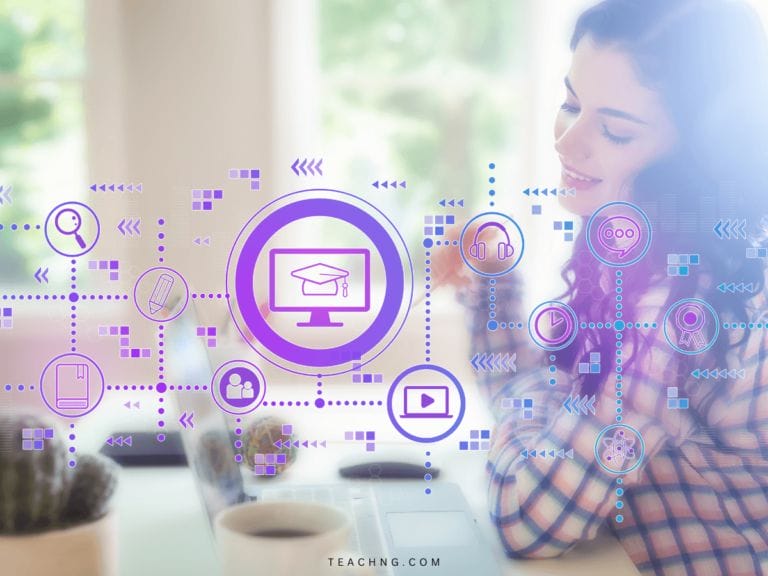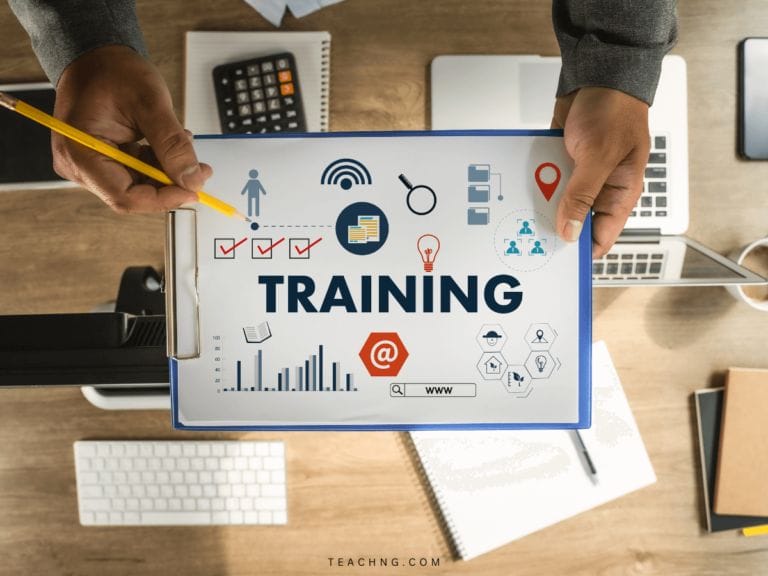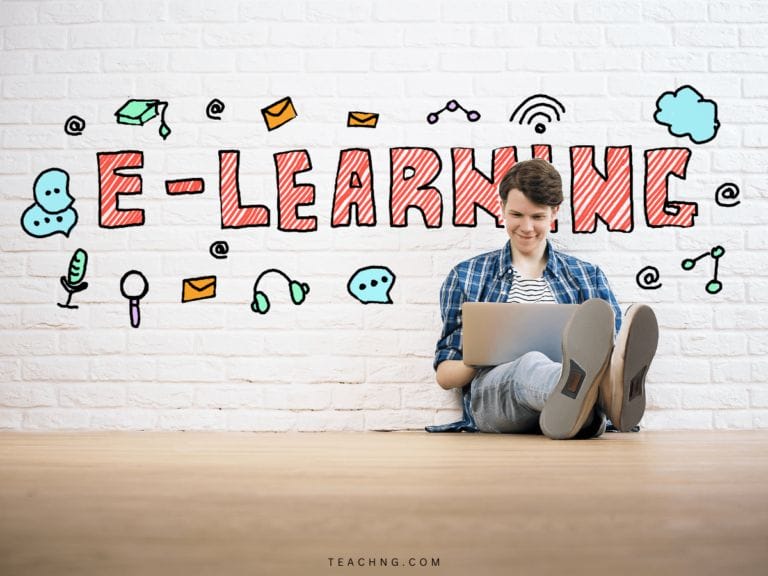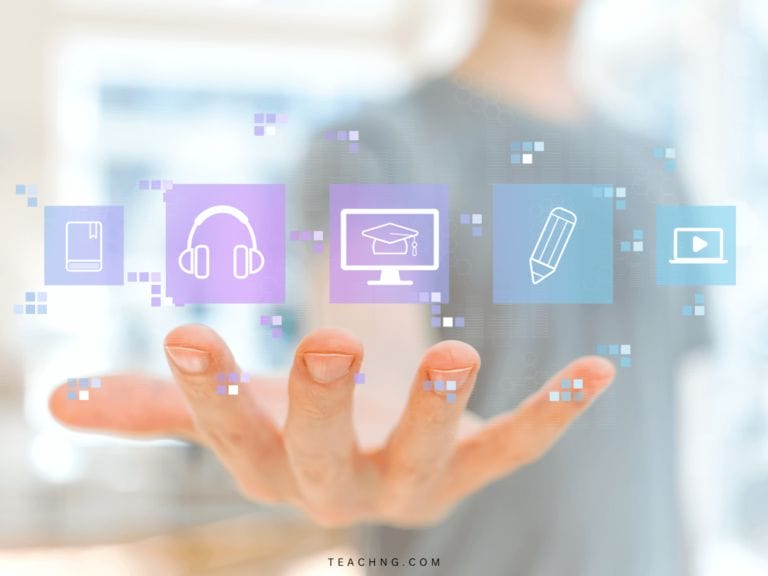Gamification in education make education more fun, while increasing productivity and engagement between the instructor and the learner.
Gamification + Education = Future of Education?
Combining gaming and education is not a new concept, and according to studies, gamified learning helps knowledge retention to increases by 30%. This is slowly transforming the future of education and online learning.
KEY TAKEAWAYS
- Gamification in education is the future of education, with more online learning platforms, learning management system and learning App offering various gamification feature, gamified learning will become the norm.
- Each elements for gamified learning plays a different role in creating a great learning experience for the learner; point system, leader board, level and stages, badges and rewards, and challenges.
- Benefits of gamification in learning are many, however so are the drawbacks of gamify learning. Striking a balance between gamify education and learning objective is key to leveraging the power of gamification in the future of education.
Gamification in Education
Gamification in education is the process of including gamification elements into general education and learning. Integrating gamification elements and gaming mechanics into traditional learning.
By incorporating gaming elements such as badges, leaderboards, and rewards, educators create a gamifying education experience that is highly interactive and create an immersive learning environment that stimulates active participation of the learners.
Game Elements For Gamified Learning
There are many elements of gamification that allows educators to create the gamification approach in education. These elements includes the use of game mechanics, such as;
- Points System: Get a point (+ve) when you got the answer right, and loss a point (-ve) when you got the answer wrong.
- Levels or Stages: Encourage progression to the next level as a recognition of your ability.
- Challenges: Provide a sense of progression and accomplishment when you overcome the challenge.
- Badges and rewards: Recognize learners’ achievements and encouraging them to strive for mastery.
- Leaderboards: Create healthy competition and social interaction among students, further fueling their motivation to succeed.
Ideas To Use Gamification To Enhance Learning Experience
Gamification offers many ways to include interactive and game-like elements into education.
Following are some common ways to implement gamification in learning:
- Gamified Quizzes and Assessments: Gamify quizzes and assessments with interactive games such as; adding timers, levels, and badges to motivate students and test their knowledge.
- Progression and Leveling Systems: Create a sense of progression by including leveling systems. Learners can unlock new challenges and content as they complete tasks or reach milestones.
- Badges and Rewards: Recognize learners’ accomplishments, provide a visual representation of their accomplishments and motivating them to showcase their achievements.
- Leaderboards and Competitions: Create a community and nurture healthy competition among learners by introducing leaderboards that showcase top performers.
- Interactive Simulations and Virtual Reality: Create immersive experience for learners in realistic and engaging learning environments, enabling them to apply concepts and practice what they learn in a interactive way.
- Storytelling and Narrative-Based Learning: Make the learning process a story that is left to be discovered by the learner. Capturing students’ attention through compelling narratives and characters, this makes the lessons more engaging and memorable.
- Gamified Feedback and Progress Tracking: Implement feedback systems that provide immediate feedback on students’ progress and performance. Using personalized feedback messages to motivate continuous improvement.
- Collaborative Projects: Collaboration and teamwork can be incorporated with collaborative projects that makes students to work together, solve problems, and think creatively. Further gamification can be added by letting each team to challenge those of the other team.
- Use Gamified Learning Platforms and Apps: Conduct your online courses and teaching using gamified learning platforms and educational apps. These learning platforms provide interactive lessons, progress tracking, and personalized learning experiences tailored to students’ needs.
Educators, edupreneurs and online course creators can gamify learning materials to provide personalized learning paths and adaptive feedback based on individual progress. Leveraging onto various gamification methods in learning, it can help increase student engagement and motivation.
Gamified education is new way of teaching that enable students to learn at their own pace while enjoying a game-like experience.
Benefits of Gamification in Education For Learners
The impact of gamification on learning is huge. There are many benefits of adding gamification designed into education.
- Gamification on student enhanced engagement and motivation
- Improved learning outcomes and help learners move closer towards their learning goals.
- Personalized the learning experience that adapts to each learner’s learning objectives.
- Encourage collaboration and social interaction amount the learners.
- Increased confidence and self-esteem, helping learners to become more prepared for the real-world.
Gamifying the learning process promotes critical thinking, problem-solving skills, and collaboration, preparing students for real-world challenges.
By introducing game elements into the learning process, educators can create a more engaging and motivating environment, making online education fun and highly effective.
Disadvantage of Gamification in The Classroom For Learners
Gamification do have its own set of disadvantages and drawbacks that you need to consider before implementing gamification strategies into your teaching.
- Overemphasis on Rewards: Learners may prioritize rewards over actual learning outcome, creating a wrong intrinsic motivation that may hinder long-term academic growth.
- Potential for Distraction: Gamified activities that are not designed properly can become overly entertaining and distract learners from focusing on the intended learning objectives. A balance between engagement and educational content is required.
- Unrealistic Representation: Gamified experiences may present an idealized version of real-world scenarios. Learners may struggle with applying knowledge in real-life situations.
Gamification is a great way to learn, but it is good to understand the possible drawbacks when implementing gamification in e-learning.
Implementing Gamification in Learning
Power of gamification for learning offers a wide range of benefits, the effect of gamification can help your learners learn faster and be more motivated to continue learning even when faced with challenges.
Let’s take a look at some useful tips on how to integrate gamification into your lesson plans:
- Set Clear Learning Objectives: Align your gamified activities with specific learning goals, ensure each activity have an educational relevance and coherence to the learning objective.
- Design Engaging Challenges: Create challenges that are possible to complete, intended for the current level of knowledge of your learners. The challenges should be intellectually stimulating, that promote critical thinking and problem-solving skills.
- Provide Feedback and Progress Tracking: Provide timely feedback that is personalized, track your learner’s progress and celebrate their achievements as they proceed up each milestones.
- Foster Collaboration: Introduce team-based or group-based activities to encourage collaboration, communication, and cooperation among learners. This helps to build connects and rapport amount the students.
- Use Gamification Tools and Resources: Choose the right online course platform, learning management systems, and educational apps that provide pre-designed gamified activities or allow you to create your own.
Gamification of learning is a powerful way to connect with your learners, however, having the right online course platform that offers the features required is essential to take advantage of the various gamification techniques.
Examples of Gamification in Online Learning
Today, there are many education institutes and companies that uses gamification as part of their business model. Let’s take a look at a few real-world examples on the application of gamification in learning.
Minecraft
Minecraft is the most popular sandbox video game that allows students to explore, create, and problem-solve project-based learning activities in a virtual world.
Gamification of the process in helping students prepare for the future by:
- Improving creativity
- Nurture problem solving skills
- Create systematic thinking
Classcraft
Classcraft is a role-playing game (RPG) that combines with classroom management.
Students will be taking different roles and earn experience points, levels, and powers based on their behavior, participation, and academic achievements.
- Encourage developing competency
- Offers equal access to opportunity to learners
- Allow learners to experiencing relatedness with performance
- Foster intrinsic motivation in learners
- Instructors can connect with students better through games.
Mondly
Mondly is a language learning app used by millions of users. The learning App employs gamification to make language acquisition enjoyable and fun.
Using interactive lessons, quizzes, challenges, AR technology and AI chatbots, students can improve their language skills while having fun.
So What is Gamification in a Nutshell?
Gamification is the process you applies gaming elements (e.g. point scoring, competition with others, rules of play) into other areas of activity which is traditionally a nongame environment.
Examples include adding gamification elements into:
- An online community
- A learning management system
- A work environment or in business
The goal for gamification is to increase the engagement and participant of the personnel.
History of Gamification
First records of gamification was in 1896, where S&H Green Stamps are distributed as a rewards program designed to encourage customer loyalty.
Used typically as an online marketing technique to encourage engagement with a product or service.
Gamification have been around for decades, from loyalty programs offered by business, to leaderboards found in competitive industry such as the financial sectors.
Today, the effectiveness of gamification have spread outside of business into the education sector.
Gamification In Education Is The Future
With the power of gamification in education, educators can revolutionize the learning experience, making it more interactive, engaging, and effective.
Gamified learning environment have proven to be highly effective for learners to learn new knowledge.
The combination of game elements, interactive challenges, and rewards creates a dynamic learning environment that motivates and empowers students to excel academically while enjoying the journey.
As more forms of gamification are offered by the top online course platforms, the use of gamification in online learning will become more common in the future.
“Ready Learner One! Are you Game for it?”
How useful was this post?
Click on a star to rate it!
We are sorry that this post was not useful for you!
Let us improve this post!
Tell us how we can improve this post?





